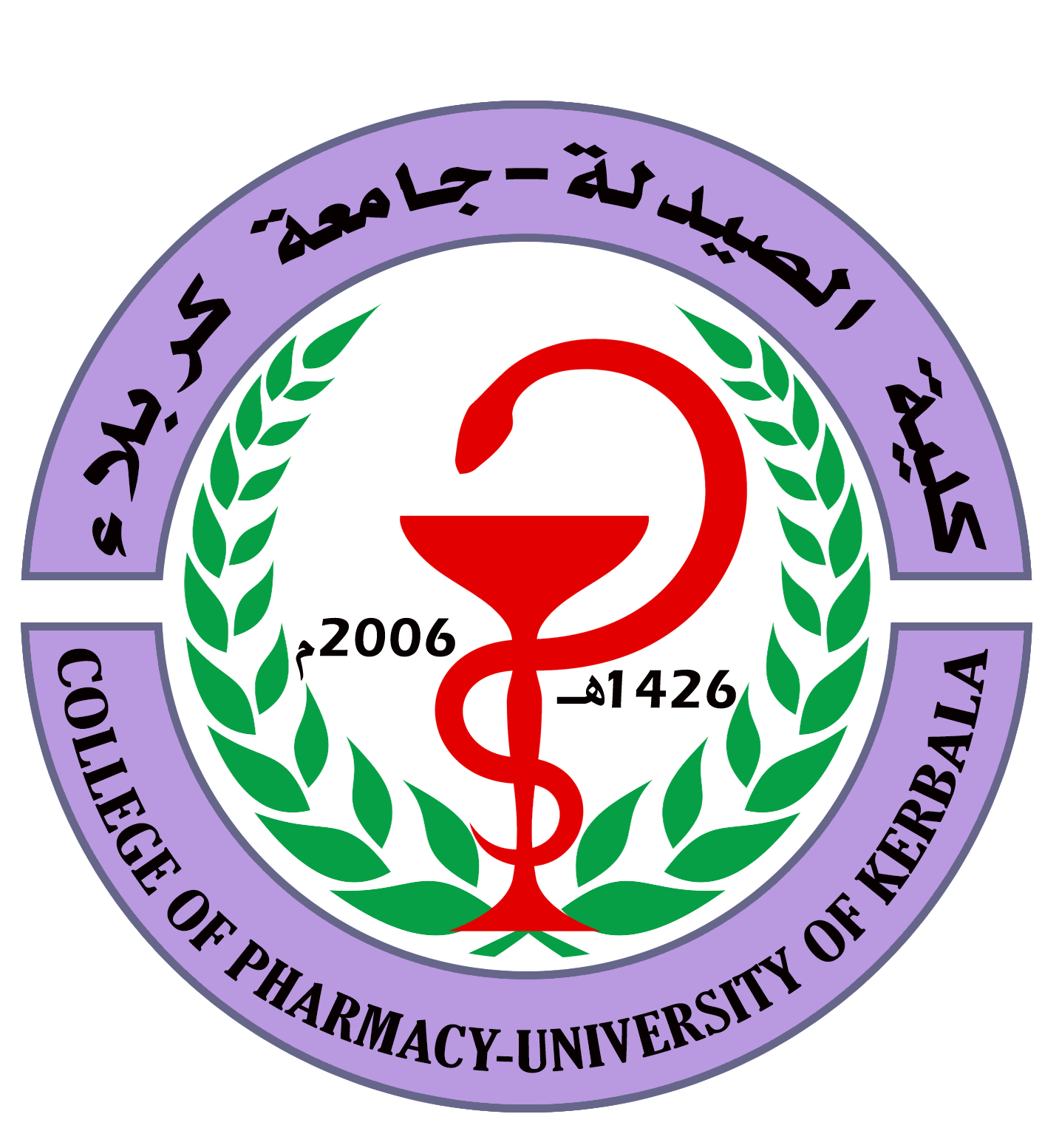Studying the Role of L-Thyroxine in Long-Term Management of Hypothyroidism: A Comparative Analysis with Healthy Control
DOI:
https://doi.org/10.62472/kjps.v15.i24.35-56الكلمات المفتاحية:
Thyroid gland، L-Thyroxine، hypothyroidism، glucose metabolism، blood lipid profileالملخص
Background: Hypothyroidism, characterized by insufficient thyroid hormone production by the thyroid gland, which may lead to significant challenges to metabolic health and overall well-being. Hence, studying the intricate correlation between thyroid biological functions, metabolic pathways and treatment outcomes are crucial for patients care management. Although, recent researches have clarified the complexity between thyroid hormone levels and metabolic pathways, there are still unanswered questions about the specific mechanisms and practical implications.
Patients and methods: Across sectional study was conducted in Iraq from September 2023 to July 2022 involved 100 females with hypothyroidism undergoing L-thyroxine therapy for at least four months and 50 healthy subjects as control. Blood samples was collected after an overnight fast for plasma extraction. Various biochemical and hormonal assays were performed including TSH, TT4, FT4, TT3, FT3, TSH, fasting plasma glucose, insulin levels, HOMA-IR, cholesterol, triglycerides, HDL, LDL, VLDL, and BMI calculations for categorizations into weight groups.
Results: there were notable differences in weight, blood pressure, and BMI but not in age between patients with hypothyroidism and healthy controls. In addition, patients with hypothyroidism showed decreased FT4 levels, which suggested problems with the regulation of free thyroxine, along with increased TSH and FT3 levels, which indicated thyroid dysfunction and hyperactivity. Furthermore, patients had lower HOMA-IR indices and impaired glucose metabolism, highlighting the complex relationship between thyroid function and metabolic parameters. Patients had dyslipidemia indicated by elevated total cholesterol and triglyceride levels, and altered lipid metabolism was suggested by lower VLDL levels. Long-term L-thyroxine therapy resulted in a tendency toward lower TSH levels, with TT3 levels fluctuating over the course of treatment.
Conclusion: The aforementioned results offer fresh perspectives on the intricate relationships among thyroid function, metabolic markers, and treatment results in hypothyroidism. They underscore the necessity for additional investigation to clarify underlying mechanisms and enhance clinical management approaches.










